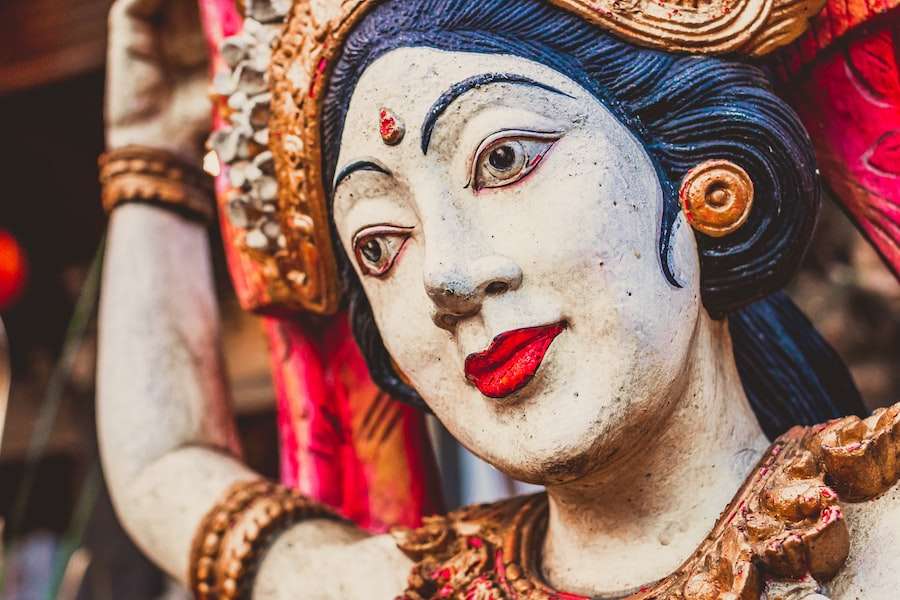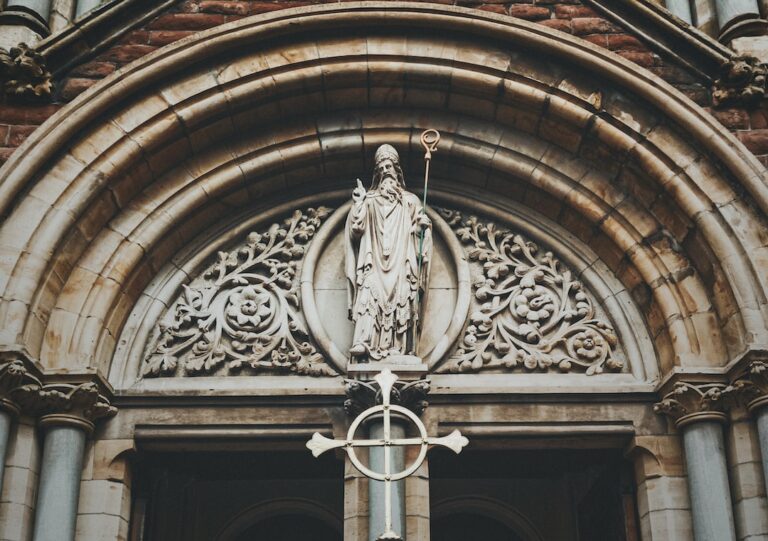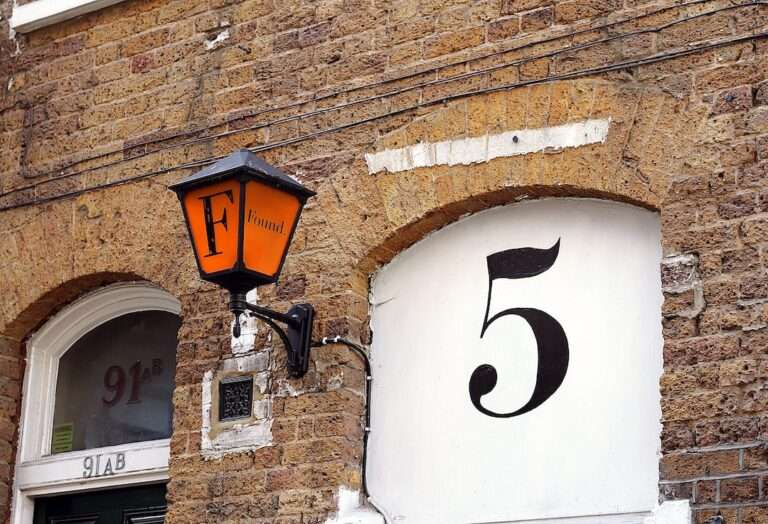Everything About Holidays Symbolism

Symbolism plays a significant role in holiday traditions around the world. From religious symbols to decorations, gift giving, and even holiday foods, symbolism adds depth and meaning to these special occasions. Understanding the symbolism behind holiday traditions allows us to appreciate the rich cultural and religious significance of these celebrations. In this article, we will explore the various ways in which symbolism is used during the holiday season, from religious symbols to decorations, gift giving, and more.
Understanding the Symbolism Behind Holiday Traditions
Symbolism refers to the use of symbols to represent ideas or qualities. In holiday traditions, symbolism is used to convey deeper meanings and messages. Symbols can be objects, actions, or even colors that hold significance within a particular culture or religion. By using symbols, holiday traditions are able to communicate complex ideas and emotions in a simple and visual way.
The Significance of Religious Symbols During the Holidays
Religious symbols play a crucial role in holiday traditions for many people around the world. For example, during Christmas, Christians use symbols such as the nativity scene, the star of Bethlehem, and the cross to represent the birth of Jesus Christ and his sacrifice for humanity. These symbols serve as reminders of the religious significance of Christmas and help believers connect with their faith.
Similarly, during Hanukkah, Jewish people use symbols such as the menorah and dreidel to commemorate the miracle of the oil that lasted for eight days in the ancient temple. These symbols hold deep religious meaning and serve as reminders of God’s presence and protection.
In Islam, Ramadan is a holy month during which Muslims fast from sunrise to sunset. The crescent moon is a symbol associated with Ramadan, representing the beginning and end of the fasting period. This symbol serves as a reminder of the importance of self-discipline and spiritual reflection during this sacred time.
The History and Meaning of Holiday Decorations
Holiday decorations are another way in which symbolism is used during the holiday season. For example, the Christmas tree is a popular decoration that holds deep meaning for Christians. The evergreen tree represents eternal life, while the lights symbolize the light of Christ. The ornaments on the tree often have personal significance, representing cherished memories or religious symbols.
Wreaths are another common holiday decoration, often associated with Christmas. The circular shape of the wreath represents eternity and the never-ending love of God. The use of evergreen branches symbolizes life and rebirth, even in the midst of winter.
In Jewish tradition, the menorah is a central decoration during Hanukkah. The menorah is a candelabrum with nine branches, one for each night of the holiday plus an additional branch for lighting the others. The candles represent the miracle of the oil and serve as a reminder of God’s presence and protection.
The Symbolism of Gift Giving During the Holidays
Gift giving is a significant aspect of holiday traditions, and it too is steeped in symbolism. The act of giving gifts represents love, generosity, and thoughtfulness. It is a way to show appreciation for loved ones and to strengthen relationships.
Receiving gifts also holds symbolic meaning. It represents gratitude and acceptance, as well as the joy of being remembered and cared for by others. Gift giving during the holiday season is a way to express love and create lasting memories.
Exploring the Symbolism of Holiday Foods

Holiday foods also carry symbolic meaning during the holiday season. For example, turkey is a traditional dish served during Thanksgiving in the United States. It symbolizes abundance, gratitude, and unity as families come together to share a meal and give thanks.
In many cultures, ham is a popular dish served during Christmas. It symbolizes prosperity and good fortune. In some traditions, ham is also associated with religious symbolism, representing sacrifice and redemption.
In Jewish tradition, latkes are a traditional food served during Hanukkah. These potato pancakes are fried in oil, symbolizing the miracle of the oil that lasted for eight days in the ancient temple. Eating latkes during Hanukkah is a way to remember and celebrate this miracle.
The Cultural Significance of Holiday Symbols
Holiday symbols vary across different cultures, reflecting the unique traditions and beliefs of each community. It is important to understand and respect these cultural differences during the holiday season. By appreciating the symbolism behind different holiday traditions, we can foster a sense of inclusivity and promote cultural understanding.
For example, in many Asian cultures, red is a color associated with luck and prosperity. During the Lunar New Year, red decorations are used to bring good fortune and ward off evil spirits. Understanding the symbolism behind these traditions allows us to appreciate their cultural significance.
The Symbolism of Winter Solstice Celebrations
Winter solstice celebrations are another example of holiday symbolism. The winter solstice marks the shortest day and longest night of the year, and it has been celebrated by various cultures for centuries. These celebrations often involve rituals and symbols that represent rebirth, renewal, and the return of light.
In ancient Rome, the festival of Saturnalia was held during the winter solstice. It was a time of feasting, gift giving, and revelry, symbolizing the return of light and the triumph of good over evil.
In Scandinavian cultures, the Yule log is a symbol associated with winter solstice celebrations. The log is burned to bring warmth and light during the darkest time of the year. It represents the return of the sun and the promise of longer days ahead.
The Importance of Symbolism in Holiday Movies and Music
Symbolism is also used in popular holiday movies and music to convey deeper meanings and emotions. For example, in the movie “It’s a Wonderful Life,” the ringing of a bell symbolizes the presence of angels and the power of love and community. In the song “Silent Night,” the calm and peaceful melody symbolizes the serenity and joy of the Christmas season.
These symbols help to create a sense of nostalgia and evoke powerful emotions in viewers and listeners. They remind us of the true meaning of the holiday season and encourage us to reflect on our values and relationships.
The Symbolism of Holiday Colors and Their Meanings
Colors play a significant role in holiday symbolism. For example, red is often associated with Christmas and represents love, passion, and the blood of Christ. Green symbolizes life, renewal, and hope, while gold represents wealth, prosperity, and divinity.
In Jewish tradition, blue and white are often associated with Hanukkah. Blue represents spirituality and divinity, while white symbolizes purity and light.
Understanding the symbolism behind holiday colors allows us to appreciate their deeper meanings and significance in different traditions.
The Evolution of Holiday Symbolism Throughout History
Holiday symbolism has evolved over time, influenced by different cultures, religions, and historical events. For example, many Christmas traditions have pagan origins that were later incorporated into Christian celebrations. The use of evergreen trees, wreaths, and holly during Christmas can be traced back to ancient winter solstice celebrations.
Similarly, Hanukkah traditions have evolved over time. The use of the menorah as a symbol of the holiday dates back to ancient times, but other traditions such as gift giving have been influenced by Christmas celebrations.
Symbolism plays a crucial role in holiday traditions around the world. From religious symbols to decorations, gift giving, and even holiday foods, symbolism adds depth and meaning to these special occasions. By understanding the symbolism behind holiday traditions, we can appreciate the rich cultural and religious significance of these celebrations. This holiday season, let us take the time to appreciate and understand the symbolism behind our favorite holiday traditions, and to respect and embrace the diversity of symbols and traditions around the world.
If you’re interested in exploring the symbolism of different elements, you might also enjoy reading about the symbolism of the moon. The moon has long been associated with various meanings and interpretations across different cultures and religions. From its connection to femininity and emotions to its representation of cycles and transformation, the moon holds a significant place in symbolism. To delve deeper into this topic, check out this fascinating article on “What Does the Moon Symbolize?” at Symbolism Hub.
FAQs
What is holiday symbolism?
Holiday symbolism refers to the use of objects, colors, and traditions to represent and convey certain meanings and values associated with holidays.
What are some common holiday symbols?
Some common holiday symbols include Christmas trees, Easter eggs, pumpkins, and hearts for Valentine’s Day.
What is the significance of holiday symbols?
Holiday symbols are used to represent and convey certain meanings and values associated with holidays. They help to create a sense of tradition and cultural identity, and can also serve as a way to connect with others and celebrate together.
How do holiday symbols vary across cultures?
Holiday symbols can vary widely across cultures, reflecting different traditions, beliefs, and values. For example, while Christmas trees are a common symbol in many Western cultures, other cultures may use different symbols to represent the holiday season.
What is the history of holiday symbolism?
The use of holiday symbolism dates back centuries, with many symbols having roots in ancient traditions and beliefs. Over time, these symbols have evolved and taken on new meanings, reflecting changes in culture and society.
How do holiday symbols impact our celebrations?
Holiday symbols can have a significant impact on our celebrations, helping to create a sense of tradition and cultural identity. They can also serve as a way to connect with others and celebrate together, and can help to reinforce the values and meanings associated with holidays.





